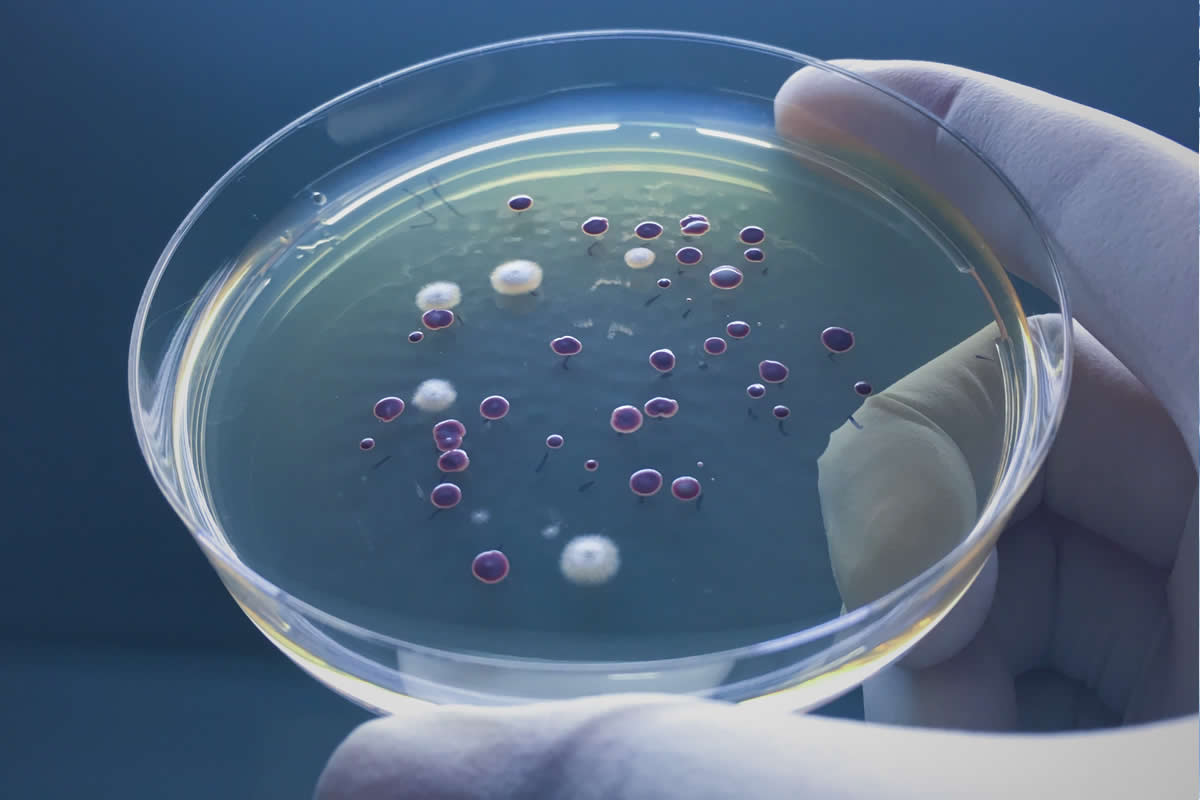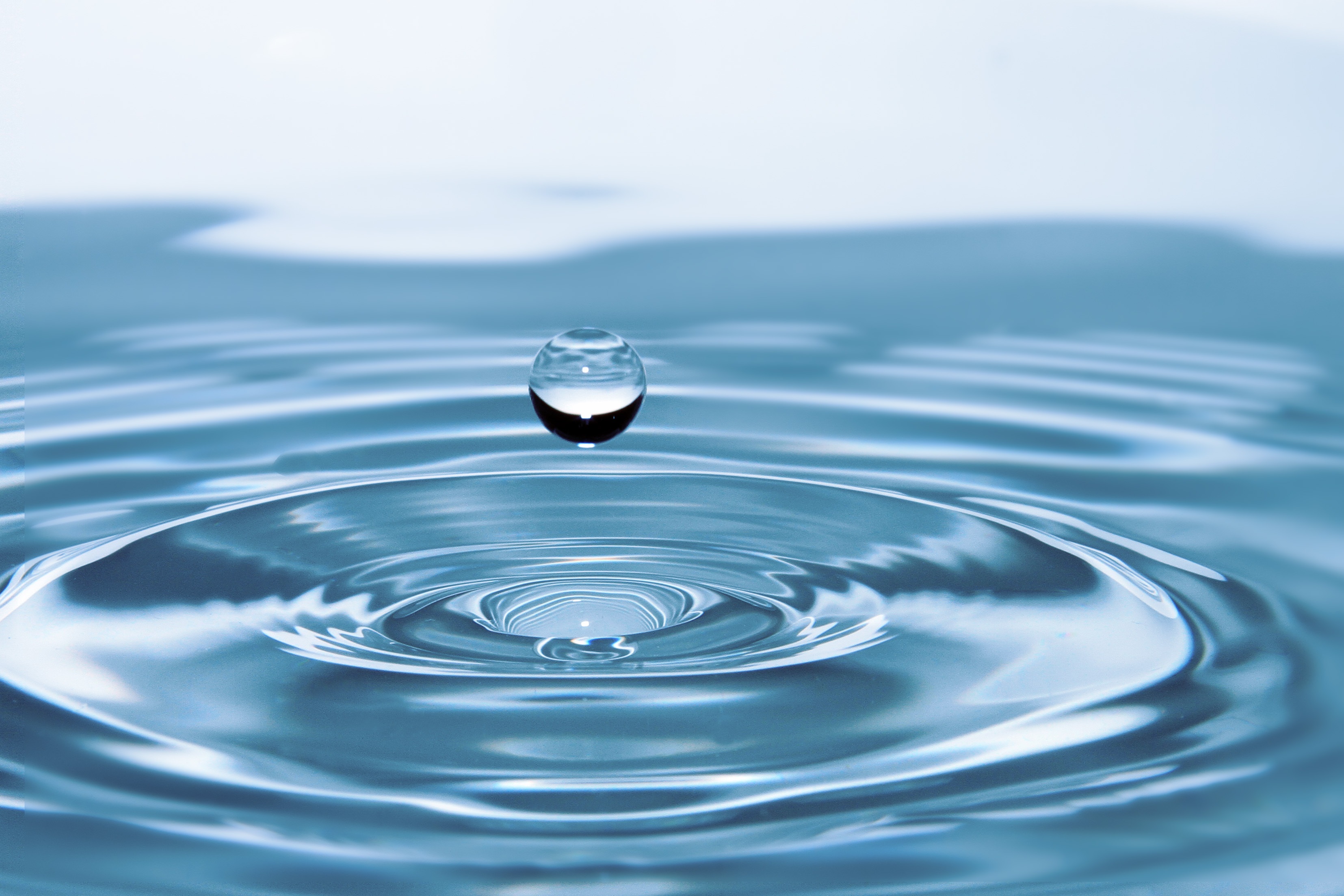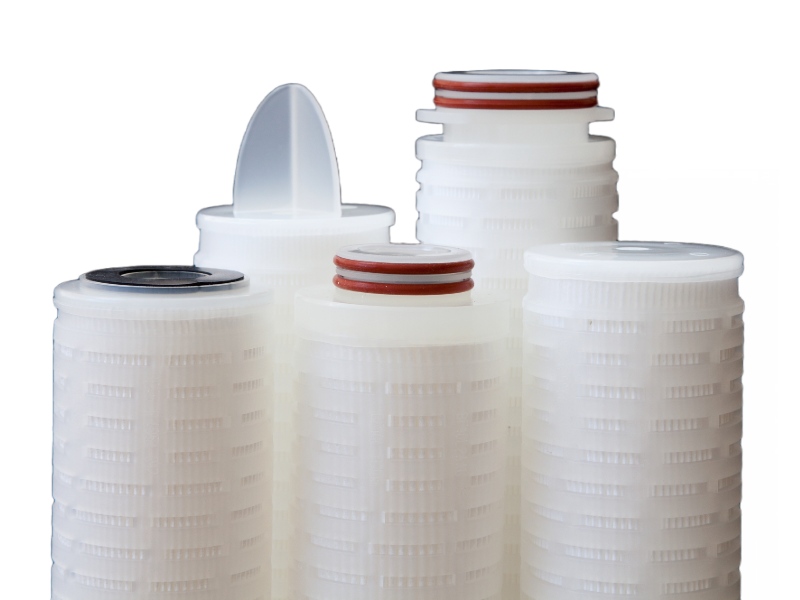The Key Role of RO Membrane Protection in Industrial Water Treatment
Reverse osmosis (RO) membranes are the backbone of industrial water treatment, playing a vital role in removing contaminants and ensuring water purity across various industries.
Protecting these membranes from damage is essential to maintaining system productivity throughout service life time, reducing operational costs by maximising RO membrane service life, and ensuring the quality of the treated water throughout the life of the RO membrane. To achieve this, specific filtration solutions, including depth filters, carbon filters, and high-flow filter housings, are crucial in preventing the common threats that RO membranes face.
Common Threats to RO Membranes
RO membranes are susceptible to several challenges, such as fouling, scaling, chemical attack, and mechanical damage. Each of these issues can significantly impair membrane performance, leading to increased energy consumption, higher maintenance costs, and compromised water quality.
Fouling:
Occurs when suspended solids, organic matter, and microorganisms accumulate on the membrane surface. This buildup reduces membrane permeability, increases pressure drop, and forces the system to work harder, thus consuming more energy. If not properly managed, fouling can severely degrade the membrane’s performance and lifespan.
Scaling:
A common problem in systems with feedwater high in dissolved salts and minerals, such as calcium carbonate and silica. As these substances precipitate out of the water, they form hard deposits on the membrane surface, leading to reduced water flux and potential irreversible damage.
Chemical attack:
These can result from exposure to oxidizing agents like chlorine, which can degrade the membrane material over time. Even low concentrations of these chemicals can lead to membrane failure, necessitating costly replacements.
Mechanical damage:
This can occur during installation, operation, or maintenance, often caused by improper handling, excessive pressure differentials, or the presence of large particulates in the feedwater. This type of damage is usually irreversible and requires immediate membrane replacement.
Effective Filtration Solutions for RO Membrane Protection
To protect RO membranes from these threats, a multi-layered filtration approach is essential. Incorporating specific filtration solutions like carbon filters, depth filters, and high-flow filter housings can significantly enhance membrane protection and system efficiency.
-
Carbon Filters: Protecting Against Chemical Attack
Carbon filters play a crucial role in protecting RO membranes from chemical attacks, particularly from chlorine and other oxidising agents. These filters are designed to adsorb harmful chemicals from the feedwater, preventing them from reaching and damaging the membrane. Activated carbon filters are especially effective in dechlorination, neutralising chlorine and chloramines before they can cause irreversible damage to the RO system. By integrating carbon filters into the pretreatment process, operators can safeguard their membranes from chemical degradation and ensure consistent water quality.
-
Depth Filters: Preventing fouling
Depth filters are highly effective at removing suspended solids and particulate matter from the feedwater before it reaches the RO membrane. These filters work by trapping contaminants within a thick, porous medium, allowing for a high dirt-holding capacity. By capturing larger particles and preventing them from reaching the membrane, depth filters reduce the risk of fouling, thereby extending the membrane’s lifespan and maintaining optimal system performance.
-
High-Flow Filter Housings: Enhancing Efficiency and Scalability
High-flow filter housings are essential for systems requiring larger volumes of water treatment. These housings are designed to accommodate high-capacity depth filter cartridges, allowing for greater flow rates in a small envelop housing using far smaller numbers of cartridges. By using high-flow filter housings, operators can achieve efficient pretreatment even in large-scale operations, reducing the load on RO membranes and minimising the risk of fouling and scaling. Additionally, these housings support easy cartridge reducing replacement times and lowering manpower service costs, ensuring system reliability and reducing downtime.
-
Multi-Stage Filtration Systems: A Comprehensive Approach
Implementing a multi-stage filtration system that combines depth filters, carbon filters, and high-flow filter housings provides a comprehensive approach to RO membrane protection at larger scales. Each stage of filtration addresses specific threats, ensuring that feedwater is thoroughly treated before it reaches the RO membrane. This layered defense not only protects the membrane from fouling, scaling, and chemical attack but also optimises overall system performance, leading to reduced energy consumption, lower operational costs, and extended membrane life.
Protecting RO membranes is critical for the long-term success of industrial water treatment systems. By using specific filtration solutions such as depth filters, carbon filters, and high-flow filter housings, filtration experts can effectively mitigate common threats like fouling, scaling, and chemical attack ensuring maximised service life of RO membranes. This multi-layered approach ensures that RO membranes operate at peak efficiency, delivering high-quality water while minimizing operational costs and extending the system’s lifespan.
Here at PoreFiltration, we live and breathe filters. So If you'd like more information on how we could help with your filtration operation, or to get a no-obligation quote, where we guarantee to save you to 15% off you current filtration spend, then give us a call or send us an email, we're always happy to help
PoreFiltration – Making your filtration systems work harder





